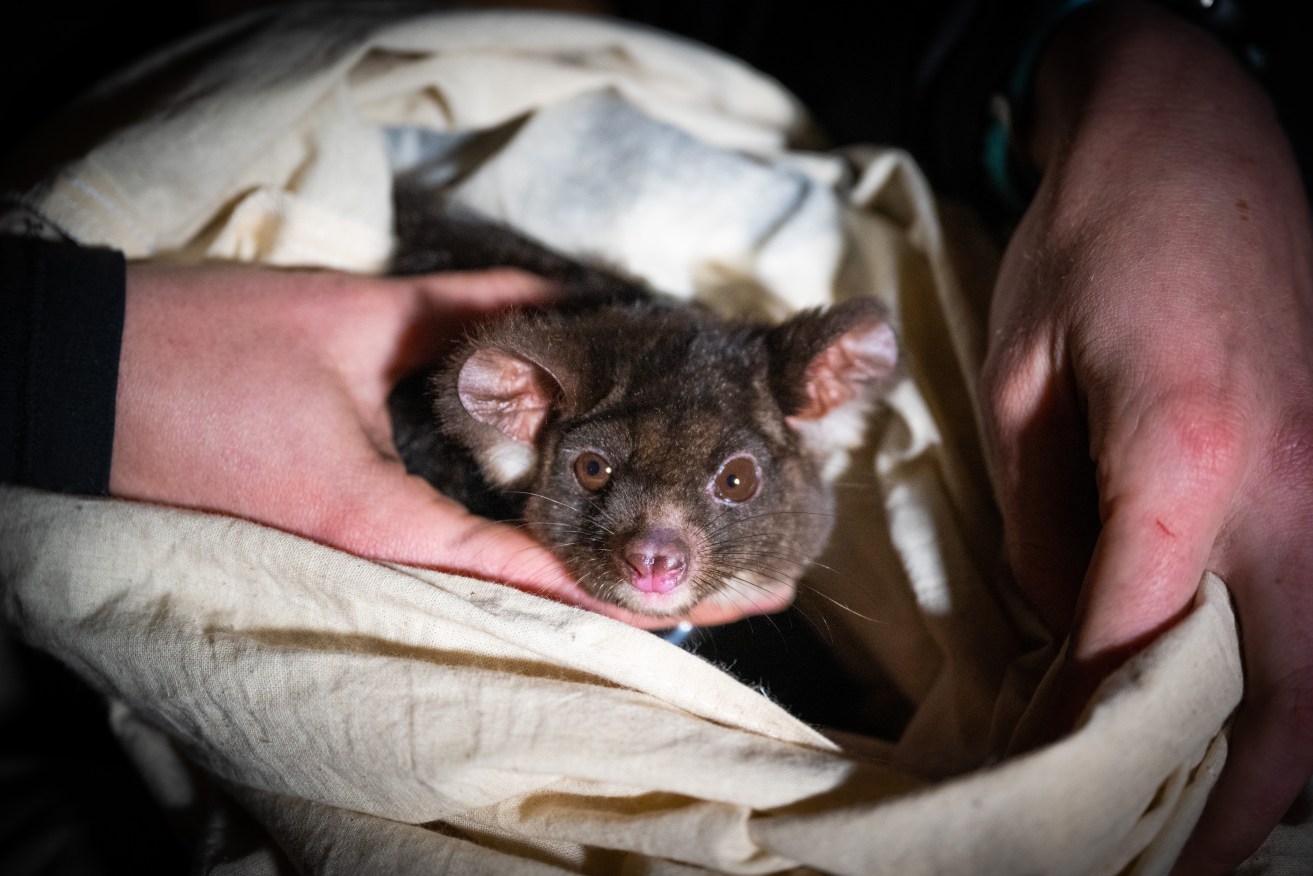Leap of faith: Researchers plotting habitat of our gliders to secure their survival
Australia’s greater glider is on a rapid slide towards extinction but its habitat is largely unprotected in Queensland, a new study shows.

A supplied image obtained on Tuesday, June 13, 2023, of an endangered greater glider in the Tallaganda State Forest, NSW, Wednesday, September 7, 2022. Endangered greater gliders have been fitted with trackers to reveal how they move through fire-scared landscapes and there could be implications for the forestry industry. (AAP Image/Supplied by WWF Australia, Oliver Risi) NO ARCHIVING, EDITORIAL USE ONLY
Researchers from Griffith University have used cutting-edge technology to map mature forests and identify potential habitat and corridors the imperilled species needs to survive.
They focused on forests that are at least 200 years old because they would have trees with hollows large enough to shelter cat-sized gliders, known for their death-defying treetop leaps.
They found most of the important glider habitat left in Queensland was on privately owned or leased land, or in state forest areas, leaving it vulnerable to logging, clearing and other threats.
It was the same situation when they looked at habitat corridors that allowed the species to move between different patches of forest.
“We identified 88 critical movement pathways for greater gliders in Queensland, most of which we found were outside of existing conservation areas,” Dr Patrick Norman said.
“We also noted that there were a few missing links where targeted restoration of forests to create wildlife corridors would have a particularly positive impact for greater gliders.”
Greater gliders face higher risks of predation or injury when they are forced out of the treetops and onto the ground to reach new locations.
Researchers hope their work will inform Queensland’s efforts to help the species, which slipped from threatened to endangered in the space of just six years.












